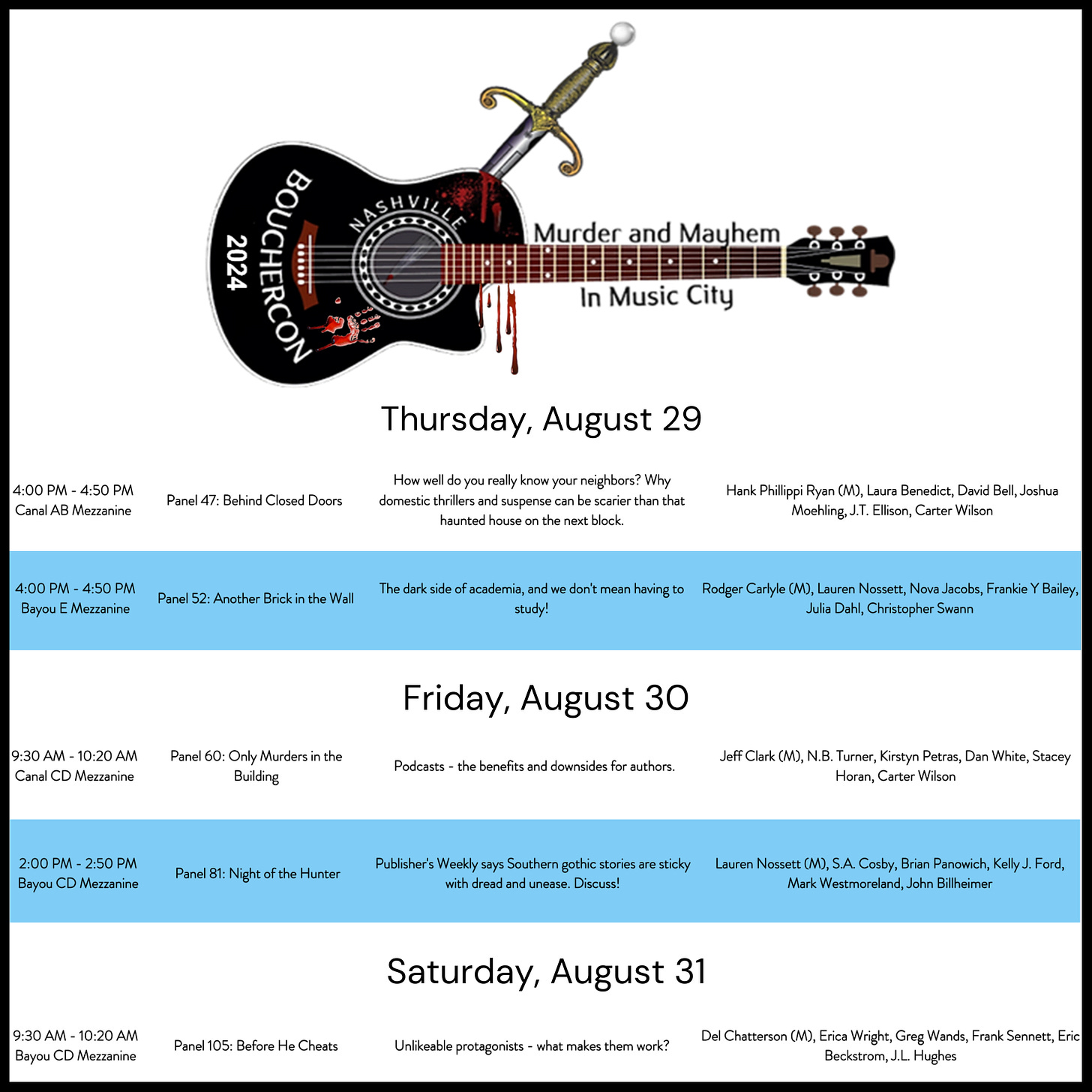K.T. Nguyen Talks Cohesive Narratives, Unresolved Horror, and Fly Swatter Tennis Rackets (Really!) and a Giveaway!
with Greg Wands
K.T. Nguyen is a former Glamour magazine editor. After graduating from Brown University with a degree in Art Semiotics, she spent her 20s and 30s living in New York City, San Francisco, Shanghai, Beijing and Taipei, and has now settled just outside Washington, D.C. with her family. She is a member of Crime Writers of Color, International Thriller Writers, Sisters in Crime, and Mystery Writers of America. You Know What You Did is her debut psychological thriller novel.
You Know What You Did is available now.
So, K.T., you’re a former magazine writer and editor. I’m curious to know how the skill sets you developed while working in that field translated to the process of penning your debut novel, You Know What You Did.
As a magazine writer, I learned to craft cohesive narratives from various sources, including research studies, expert interviews, “real life” subjects. In the end—just like with writing a book—you’re building a compelling story. Being a former editor was a huge advantage during the revision process for You Know What You Did. I was able to discuss and implement changes without taking suggestions personally, because I understand the process and have a genuine respect for the editor/writer relationship.
There’s a wonderfully evocative line in the novel that describes “history repeating itself like a gross malignancy”. In context, it refers to the atrocities of war, but the line could also apply to the myriad ways in which trauma echoes throughout the story. Could you talk a bit about how you approached that particular theme in your book?
The characters of Annie and her mother show how buried trauma resurfaces, how one generation’s unresolved horror becomes an unintended legacy for the next. There’s a mythology that refugees who reach the United States can start life fresh, as though crossing a geo-political boundary magically erases the memory of burnt flesh, the terror of bombs exploding, limbs flying, the stress of deciding which of your family members can leave and which will be left to die.
The specific line “history repeating itself like a gross malignancy” is particularly apt because we experience Annie’s psychological trauma manifest itself in terms of intrusive thoughts and body horror.
You Know What You Did is packed with so many great details, such as Annie learning to read English by studying the labels on the bottles of nail polish in the salon where her mother works. How do you go about finding these wonderfully specific particulars that bring your characters so vividly to life on the page?
Like any author of fiction, I weave in details that may be distortions or embellishments of my life—particulars either lived or observed. Like my main character Annie Shaw, I came to the country in utero and learned English from television and reading packaging copy—cereal boxes, shampoo labels, etc. At my kindergarten interview, my mother was terrified I wouldn’t understand the questions. When the teacher asked me, “What is your favorite color?” I responded with “sky blue.” Much to my mother’s surprise, I was fluent. (Terracotta would have been a close second. Thanks Crayola!)
You deftly weave a number of topics into the novel, from affluence and wealth disparity to the age-old art-versus-commerce conundrum to cultural fetishization and the experience of “otherness.” Did you go into the novel knowing the breadth of subjects you wanted to tackle, or did things become more defined as you wrote?
I did not approach the novel with these themes in mind. They all sprang from the character of Annie Shaw. I always start with character and build out from there. That’s the beauty of writing a thriller from my perspective as a first-generation Vietnamese American author. My personal experiences and background add a layer of complexity to the characters and themes.
The story is told through an ever-shifting timeline, which has the effect of revealing new details and perspectives at opportune moments. What inspired you to choose this mode of fragmented chronology for your novel?
I read a ton of thriller and suspense novels. It’s a treat to find one that knocks me off balance from the start. I love not knowing exactly what’s going on, gradually gaining my footing, only to have the rug pulled out from under me again. The fragmented chronology also draws the reader into Annie’s mind—underscoring her self-doubt and lack of clarity.
We’re all about the thrills here at Thriller Thursday. What has thrilled you lately?
I live out in the country. I hate indoor flies (flies outside are fantastic). On a recent trip to the hardware store, I came across a battery-operated tennis racket type device that cooks flies. You swat at them and instead of the messy splat of a traditional fly swatter–you’re greeted with a thrilling blue spark and satisfying singe that’s almost better than toasted marshmallows.
But if you mean what has thrilled me lately content-wise…I found Baby Reindeer on Netflix quite engrossing. I watched it in one sitting.
What are you currently reading?
I’m currently reading Hall of Mirrors by John Copenhaver. It’s the sequel to his historical mystery The Savage Kind. Copenhaver’s writing is exquisite. You’re immediately and irrevocably invested in his misfit characters. The story is truly unique and masterfully brought to life with intricate period details.
Question for our readers. Answer in the comments for a chance to win a signed copy of You Know What You Did!
K.T.’s Question: Do you have a secret thrill or guilty pleasure? If so, what is it?
Two more thrilling things: Bouchercon and a Launch Party!
This week is Bouchercon! If you’re attending the annual world mystery convention, come see us on the following panels:
And on Friday — join us to celebrate the launch of Pine & Cedar Books, a new imprint of Flatiron Books!










This is a wonderful interview, and I have learned much about K.T. Nguyen, and her début You Know What You Did, which is definitely up my reading alley!
Oh yes, I have a few guilty pleasures. One of them is I like buying shoes that are on sales, especially online (although I don't really need one). That makes me feel like a smart shopper, and now I have a lot of shoes in my closet!
This isn’t anything big, but I do this everyday and it’s a highlight for me. I love sweets, especially chocolate. I always have chocolate candy stashed in a bedroom cupboard, in the basement refrigerator and freezer and random places. I sneak some after meals and for a snack. My husband doesn’t eat chocolate and there isn’t any reason for me to hide or sneak it.